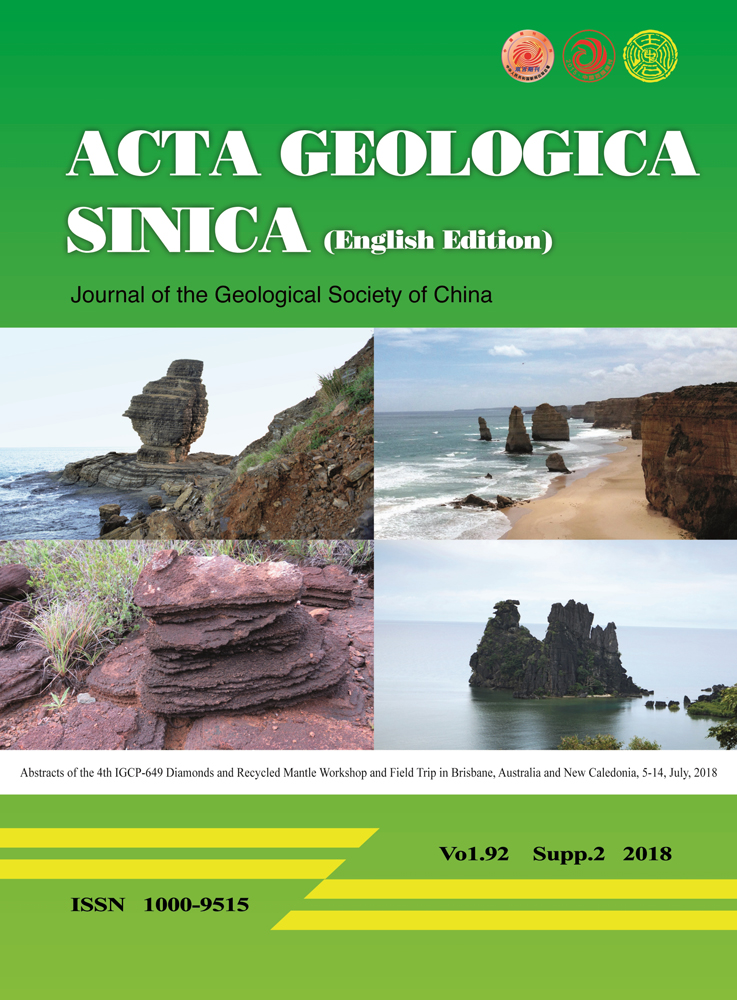Petrological and Organic Geochemical Characteristics of Oil Sands from the Middle Jurassic Yan'an Formation in the Southern Ordos Basin, China
Abstract
An integrated petrological and geochemical analysis of surface and drilled oil sands was conducted to assess the organic matter origin/type, thermal maturity and paleoenvironment. Petrographic analysis of the oil sand used to establish the relationships between porosity and permeability with bulk density, RQI, NPI and FZI. The strong correlation between reservoir quality index (RQI) and permeability (R2 = 0.98) reveal that porosity has a good correlation to RQI. The biomarker signatures of the analyzed oil reveal predominance of subaquatic-derived source input with mainly land plant materials. This was indicated based on the average concentration of αααC27:C28:C29 sterane 20R of about 38%, 22% and 40% respectively. This interpretation is also supported by high values of tricyclic terpane/αβC30 hopane and regular sterane/αβC30 hopane. An anoxic condition of deposition within a lacustrine paleoenvironment that attributed to the enhancement of the preservation of the organic matters in the area were indicated based on the low Pr/Ph ratios (average 0.74), low values of αβC31-22R-hopane/αβC30 hopane ratios and high C26/C25 tricyclic terpane ratios as well as the presence of gammacerane and a low water salinity. Biomarker maturity parameters show that the extracted oil sand has entered the early oil window stage.




